Research Shows 24 Weeks of Combined Schroth and Pilates Exercises Help Decrease Scoliosis
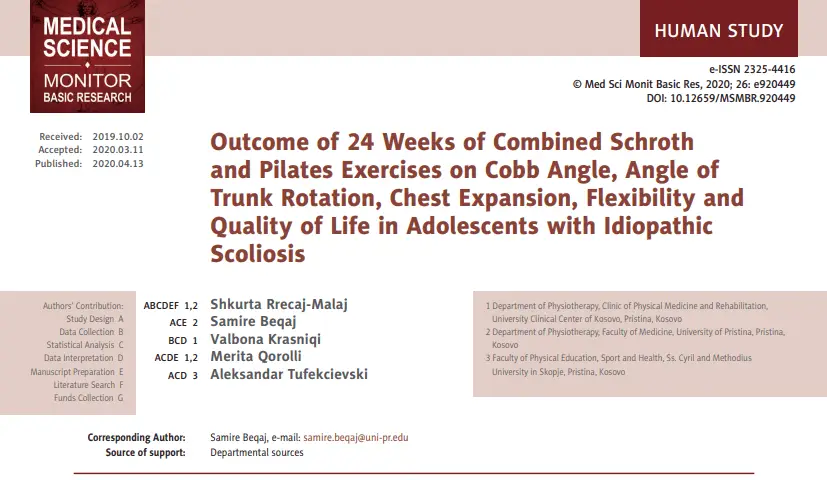
At Spiral Spine, we’re always keeping up with the latest research on scoliosis. We spend an incredible amount of our time working through research in order for our work to stay credible and current as we desire all of our work to be heavily based in research not guesswork. We want clients to know exercises […]
What Is Scoliosis and How Does It Develop?
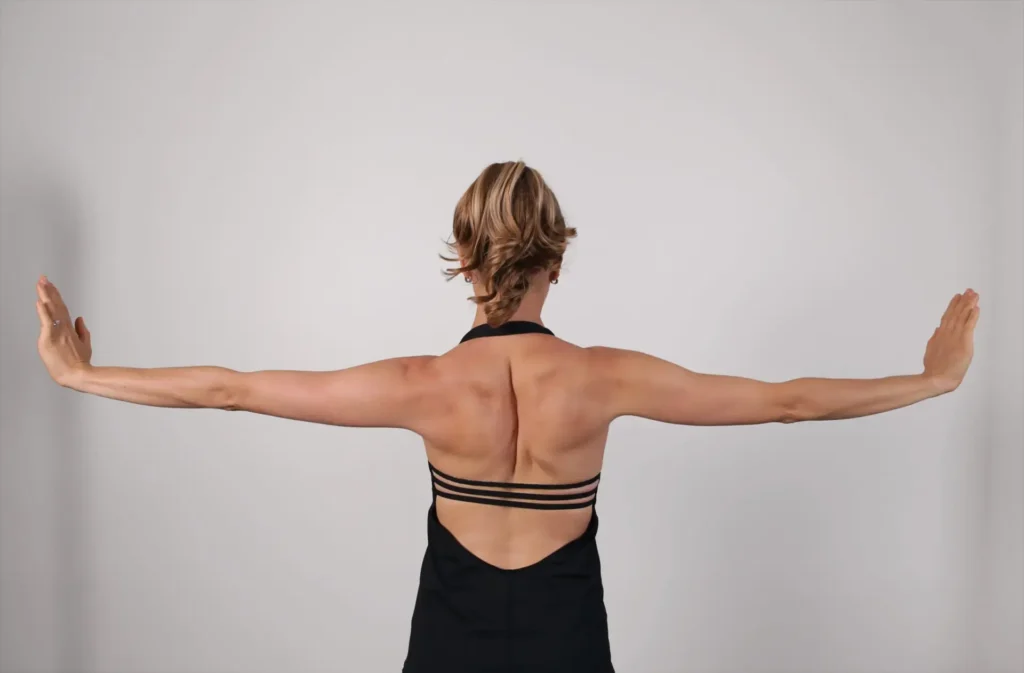
Most clients come to me and ask, “what is scoliosis?” They’ve been diagnosed, but they don’t actually understand what it is. Scoliosis is a lateral curvature of the spine of 10 degrees or more. This means the spine is bending sideways, not forwards and backwards. That’s the definition. Sounds simple, right? Look at the spine, […]
How to Use a Scoliometer to Help You Track Your Scoliosis
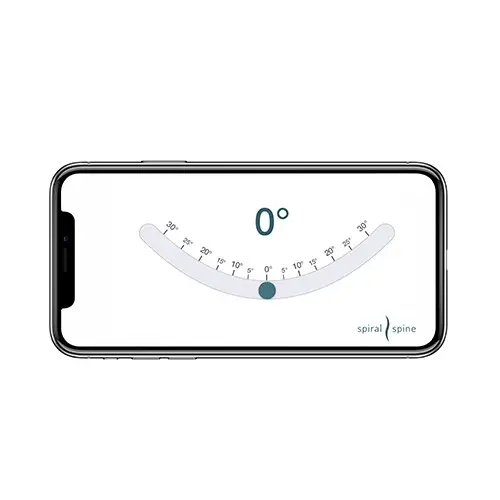
Whether you’re new to the scoliosis world or looking for another way to understand your scoli, knowing how to use a scoliometer to track your scoliosis can help you make informed decisions about your scoliosis. What is a scoliometer? A scoliometer is a device that measures the rotation of your spine. Research shows that your […]
Scoliosis Treatment: what steps should I take after my diagnosis?
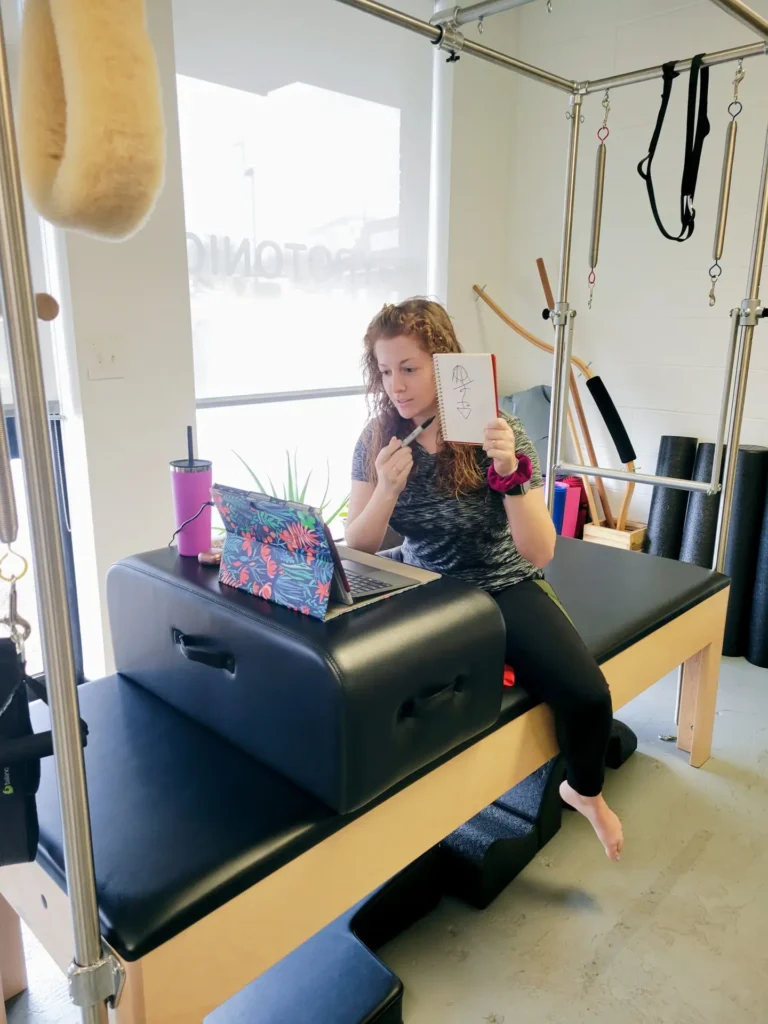
Have you recently been diagnosed with scoliosis and are unsure what you need to do? Or, has your child recently been diagnosed and you feel overwhelmed with contraindicating information? Did your doctor tell you your scoli was too small to do anything about or that you only have one option because your curve is too […]
Side Plank Theory for Scoliosis Raises Questions
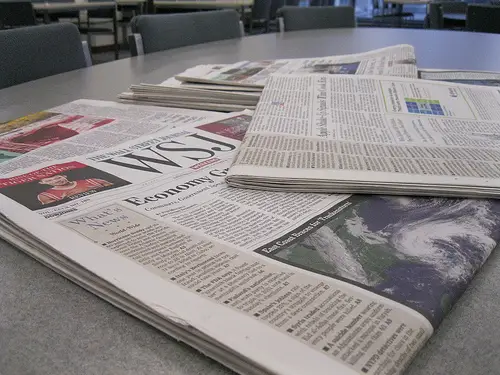
Back in 2014, Dr. Loren Fishman’s side plank theory for scoliosis research was published in the Wall Street Journal, and it caused quite a stir. In case you need a refresher, the study claimed that doing a yoga side plank on one side every day will decrease the curves in people with scoliosis. What an […]
Case study confirms movement and massage are good for scoliosis
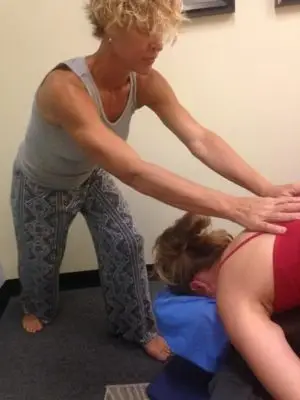
An interesting article came out in the spring 2019 Massage Therapy Journal titled “A Multimodal Approach to Scoliosis; Can massage therapy improve idiopathic scoliosis?” The article gave an overview of a 2009 case study about a 40-year-old woman who was diagnosed with scoliosis at age 12. Throughout her life, she complained of shortness of breath […]
The importance of the analysis process
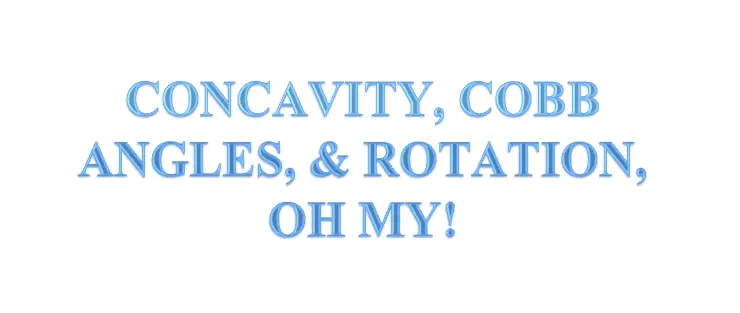
This blog is part of the Analyzing Scoliosis series, which is designed to teach movement practitioners how to work confidently with clients who have scoliosis. In previous posts I discussed the typical scoli body, common types of scoli (AIS and functional scoliosis), when to work with a client, handling a misdiagnosed client, the importance of movement, the role […]
Scoliometer Tracking
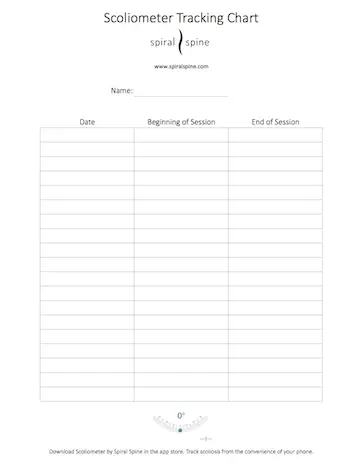
Scoliometer tracking, while geared toward practitioners, is also very beneficial to the entire scoli community, so read on and share with your practitioner. What is a scoliometer and why should I use one? The most beneficial thing in my scoli toolkit is a scoliometer because it tells a person’s scoliosis story. I use it almost […]
Scoliosis Case Study: Asia
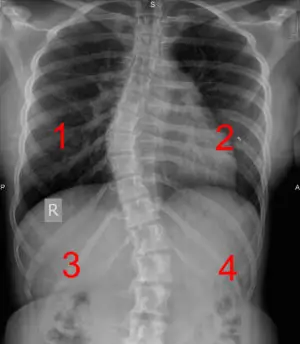
I recently received an email from a 16 year-old young woman in Asia, who was first diagnosed with scoliosis at the age of 11. Her parents have put her in multiple types of therapies, including various types of yoga and a CLEAR treatment program, which she traveled to a different country to attend. Unfortunately, she […]